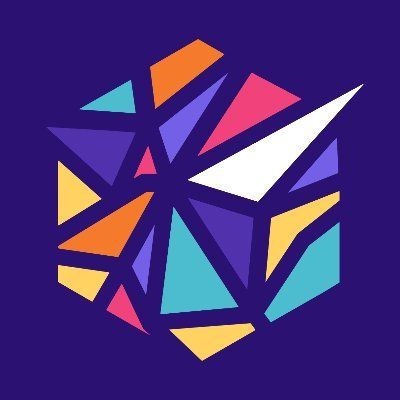303 reads
Can People Reclaim Their Culture and Heritage With NFTs?
by
June 3rd, 2022
Audio Presented by

Next Decentrum delivers unique, social, and meaningful art and culture experiences through our suite of products.
About Author
Next Decentrum delivers unique, social, and meaningful art and culture experiences through our suite of products.